Recent Discoveries in the Grand Canyon Date Back 12,000 Years Ago
The Grand Canyon in northern Arizona has become a tourist hotspot for many Americans. Considered one of the most beautiful natural wonders, the Grand Canyon doesn’t just make a great view — it also has a lot of history attached to it.
Archeologists have made many fascinating discoveries at the site. Some of these ancient artifacts even date back to more than 12,000 years ago.
Different Cultures Attached to the Grand Canyon
Throughout its history, the Grand Canyon has seen many different peoples, tribes, and cultures in and around its region.
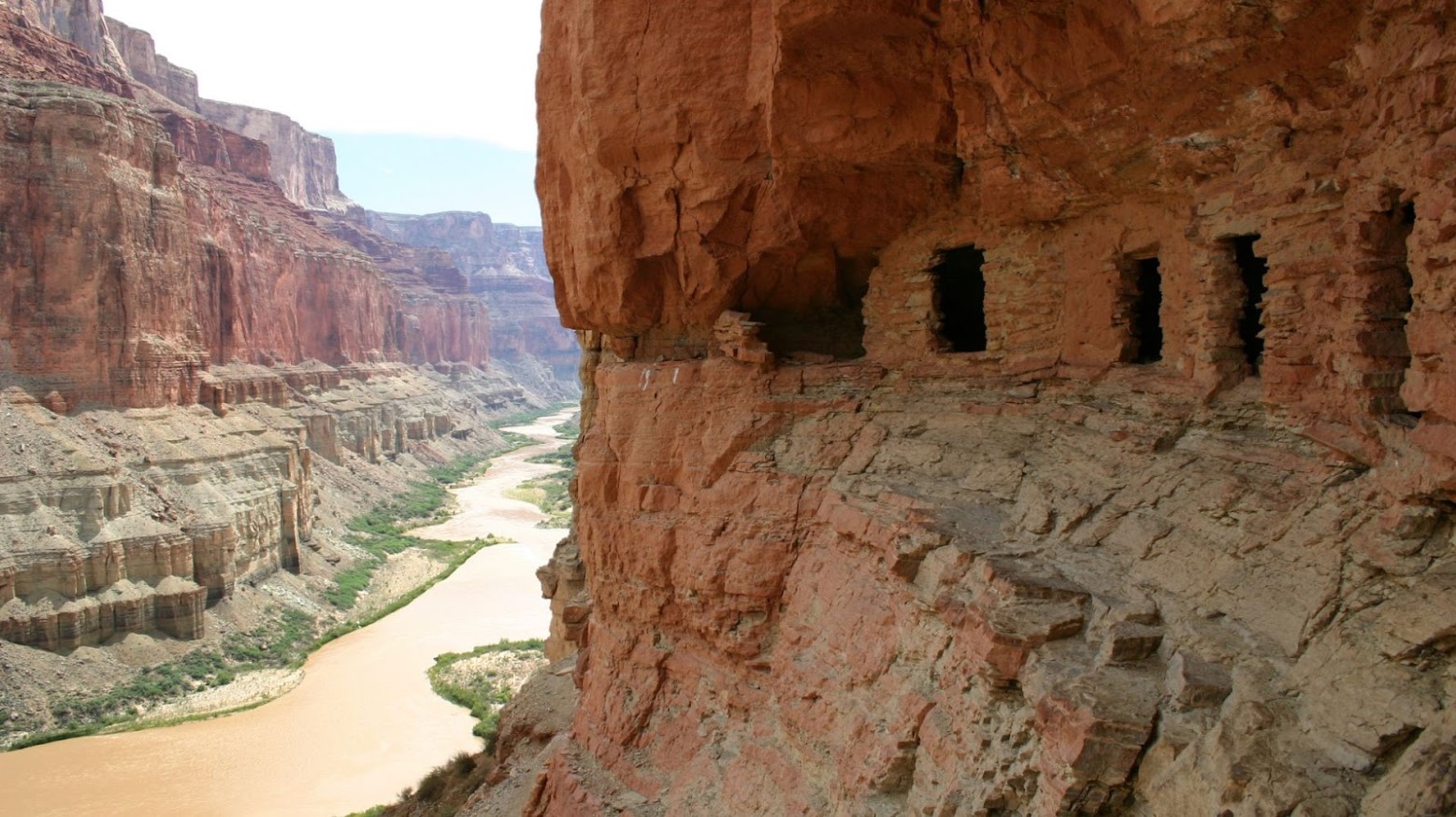
Source: Grand Canyon National Park/Wikimedia Commons
Through the discovery of various artifacts, researchers have been able to confirm that people from the Clovis, Archaic, Basketmaker, and ancestral Puebloan cultures have lived in and around the Grand Canyon. Indigenous groups such as the Southern Paiute, Hopi, and Navajo also called this area home once upon a time.
The Discovery of Ancient Artifacts
Over the past few decades, researchers have been able to find more and more ancient artifacts associated with the many different people who lived in the Grand Canyon.
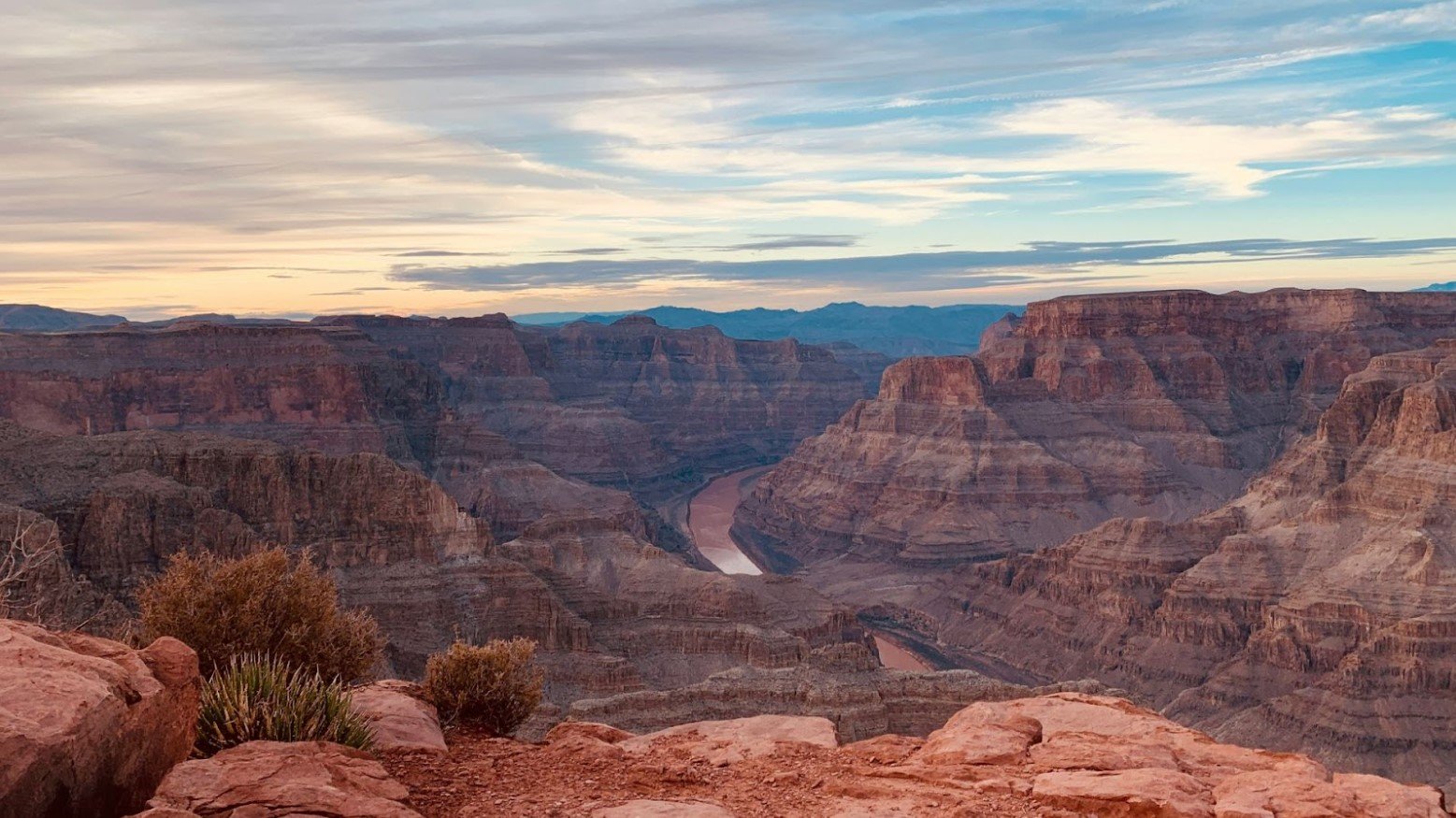
Source: Tim Hart/Unsplash
While some of these finds have been partially destroyed, others have been completely intact, a rare and wonderful find for archeologists.
A Clovis Spearpoint
Two artifacts have been discovered by archeologists in the Grand Canyon and are now declared to be the oldest found in the area. One of the oldest surviving artifacts is a Clovis spearpoint.
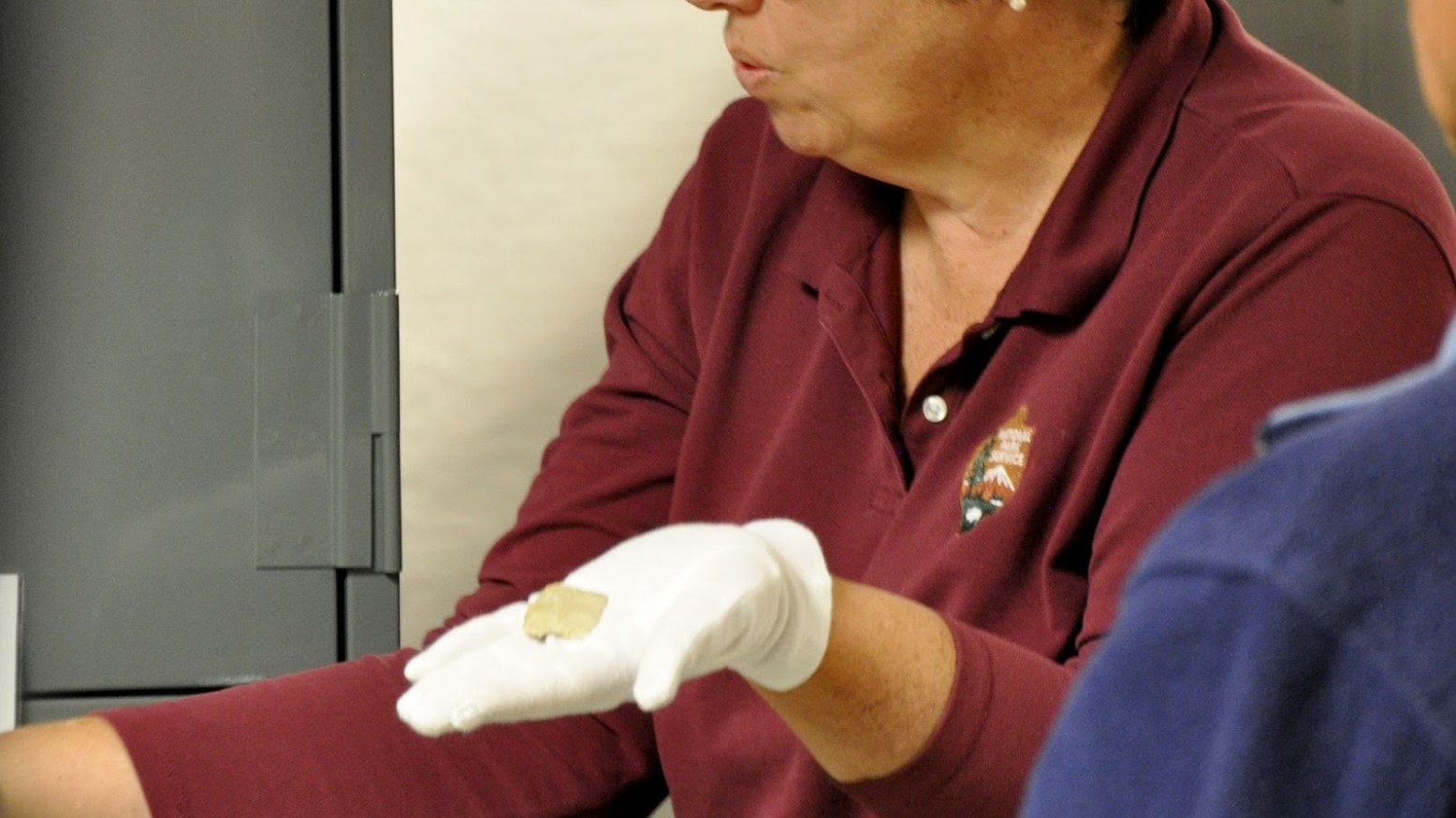
Source: Grand Canyon NPS/Wikimedia Commons
Made from flint, this Clovis point remains intact today, a rare feat considering how old it is, though it is slightly fragmented. Researchers have dated this item to be from 9200 B.C.E. to 8900 B.C.E.
The Clovis Culture
The Clovis culture is one of the oldest peoples who lived in North America. Today, they are considered one of the oldest communities of the region.
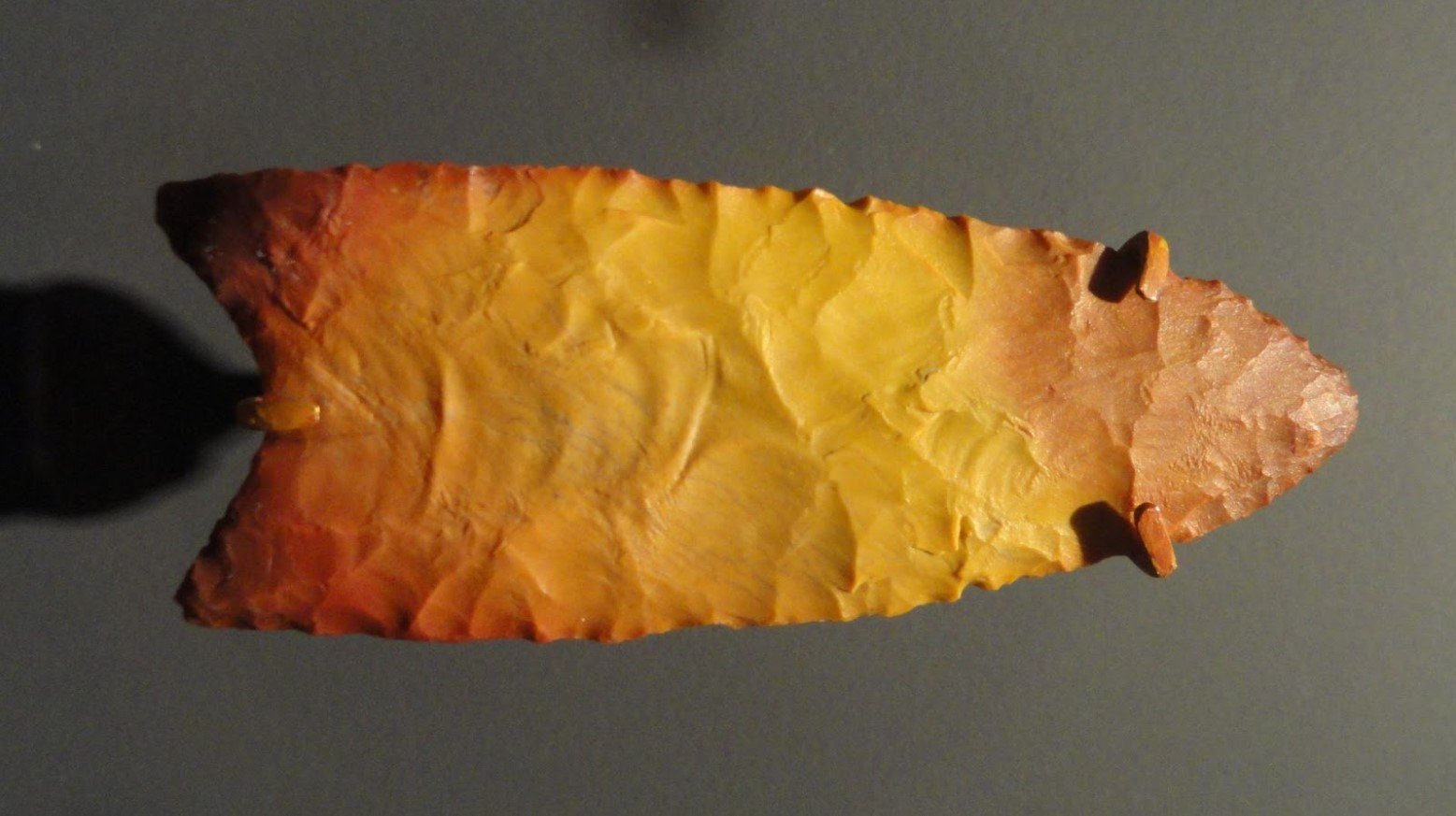
Source: Daderot/Wikimedia Commons
A Paleoamerican archaeological culture, the Clovis are known for their unique and utterly distinct stone and bone tools — including what is now called the Clovis point, such as what was found in the Grand Canyon.
The Origins of the Clovis Point
Interestingly, researchers don’t believe the Clovis point found in the Grand Canyon was actually from the Grand Canyon. Instead, they believe that it originated in the Chuska Mountains.
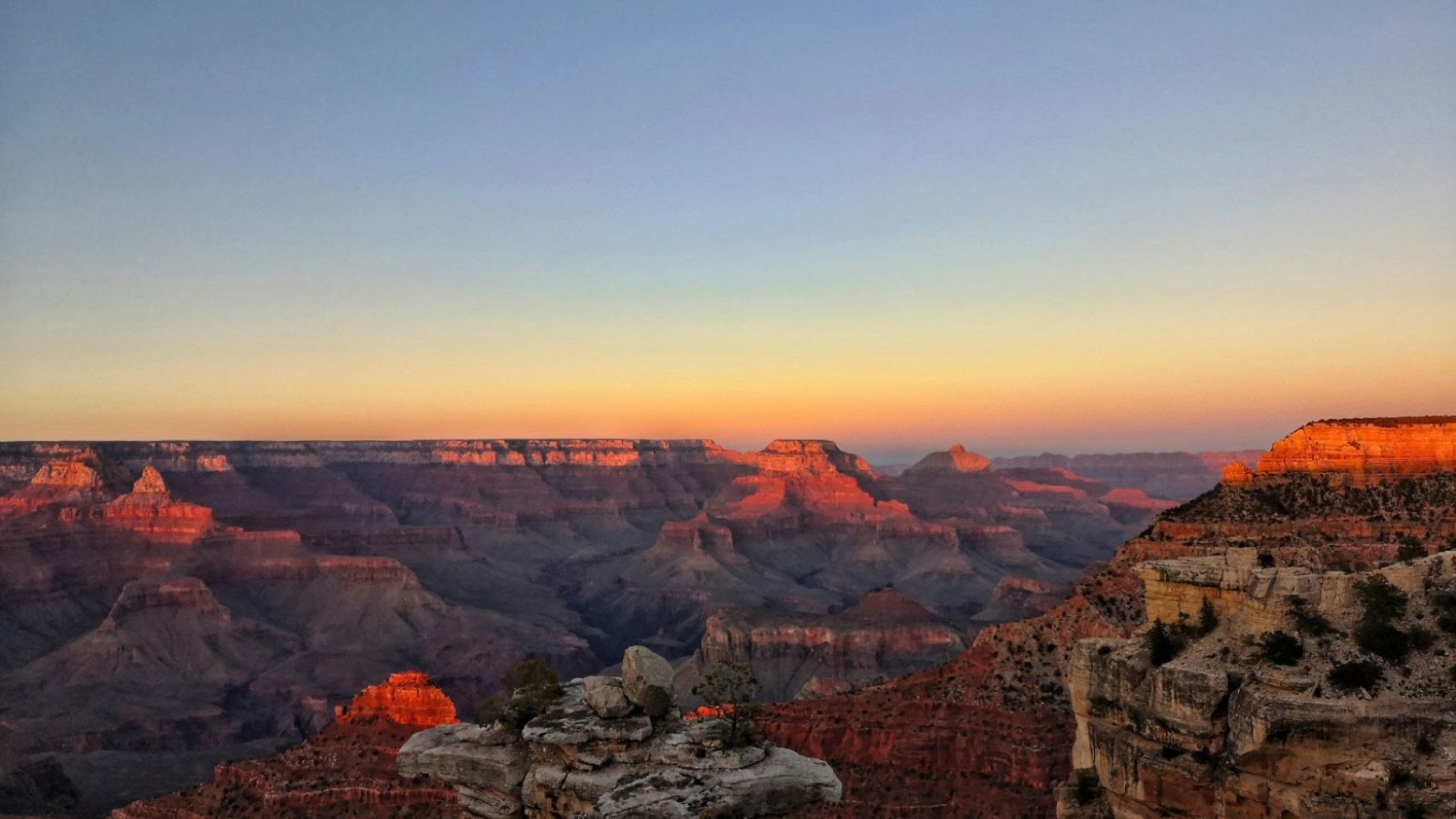
Source: Jennifer Rogalla/Unsplash
Ellen Brennan, an archeologist at the Grand Canyon National Park, said, “It traveled a long way to get to the Grand Canyon.”
Another Ancient Find
The discovery of a Clovis point in the Grand Canyon is cause for celebration enough. However, archeologists were also able to dig up another incredibly old find.
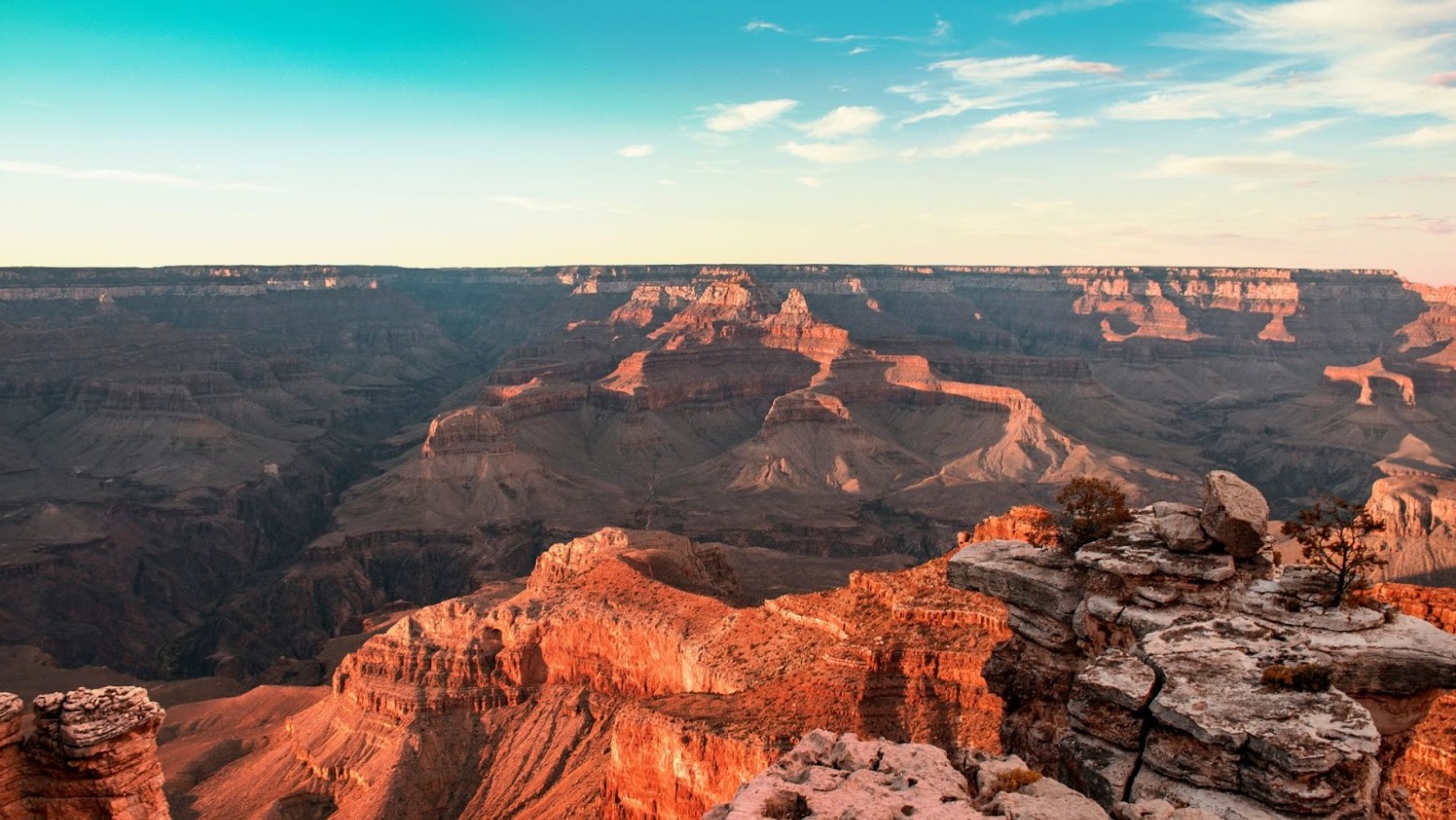
Source: Gabriel Tovar/Unsplash
The second oldest artifact found in the Grand Canyon is called the Folsom fragment. This object is from about 8900 B.C.E. to 8200 B.C.E.
The Folsom Fragment
The Folsom fragment is a spear point and is considered slightly more intact than the Clovis point.

Source: Rebekah Dummer/Unsplash
The Folsom tradition is considered a Paleo-Indian archeological culture that also existed very long ago in North America. These people mainly lived in or near the Great Plains.
Artifacts From the Late Archaic Period
While finding artifacts from 12,000 years ago is always a feat, there are many other incredible finds that archeologists have discovered in the Grand Canyon.
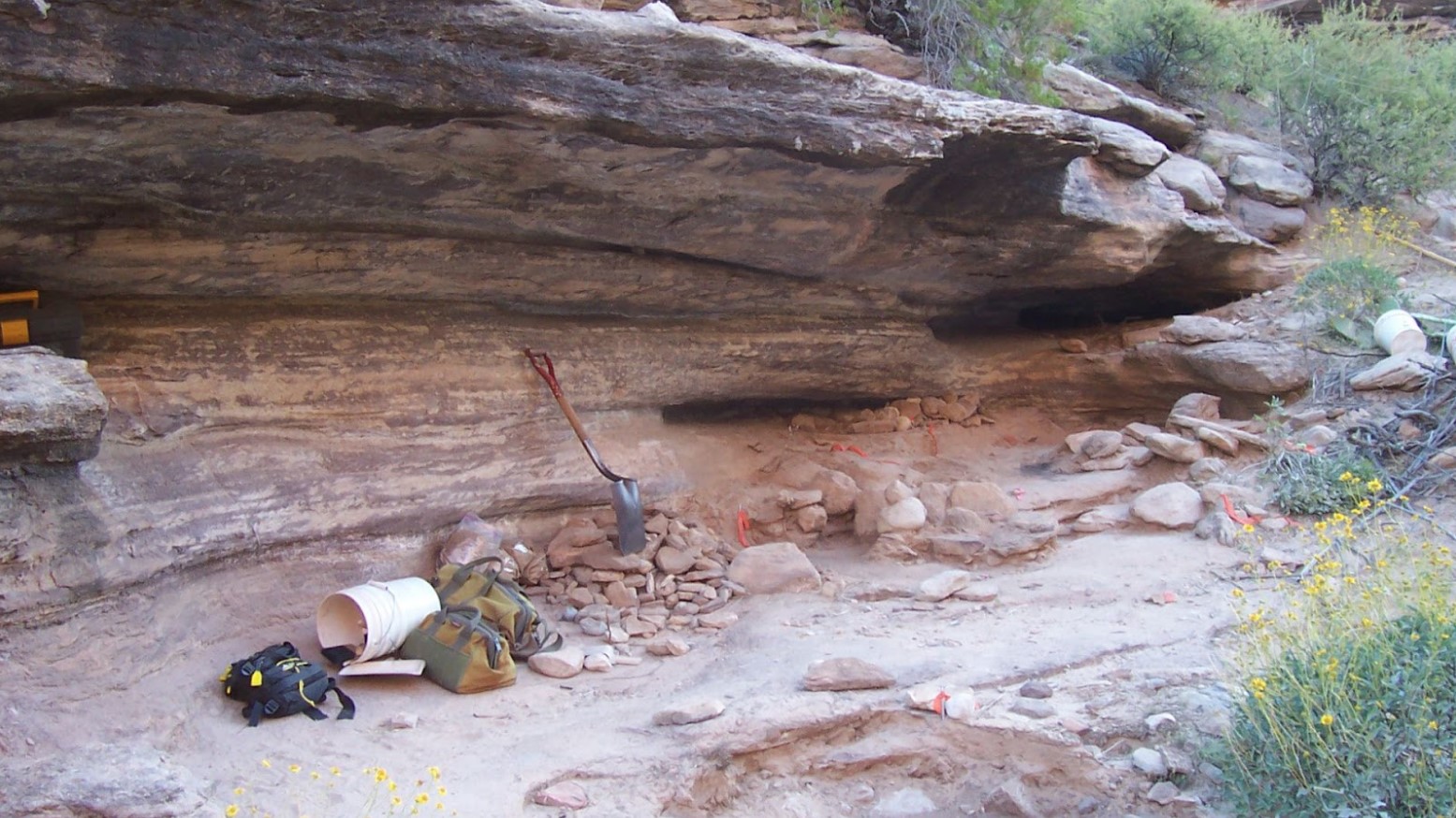
Source: Grand Canyon National Park/Wikimedia Commons
One such find is the animal figurines made out of whittled sticks. These very small artifacts are from the Late Archaic period, which was about 4,000 years ago. Researchers believe that hunters used them as talismans. Hundreds of these artifacts have been found in the area.
Baskets From the Basketmaker Culture
Artifacts from the Basketmaker culture — named because of the highly functional, tightly woven baskets they created and left behind — have also been found in the Grand Canyon region.
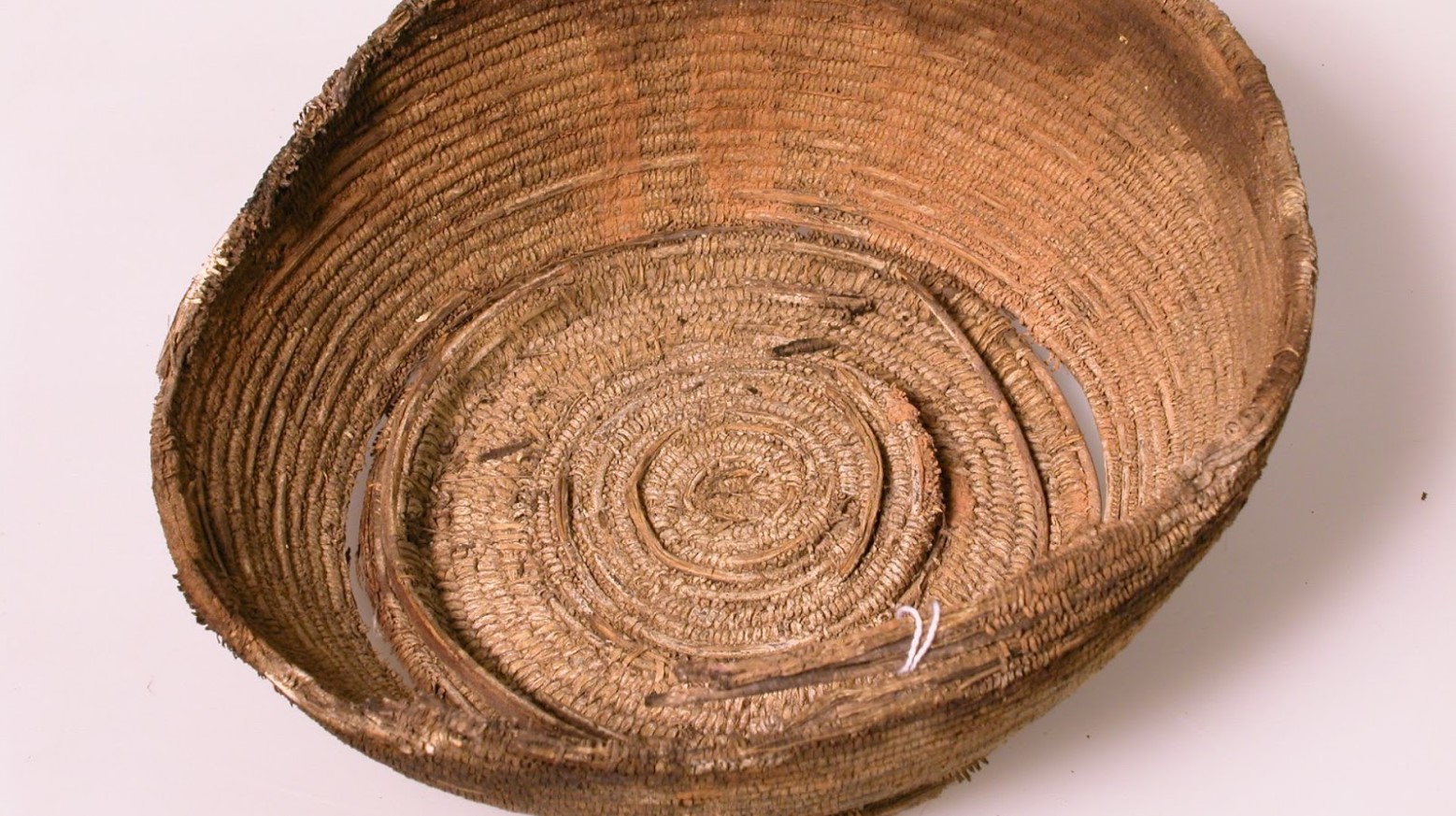
Source: Grand Canyon National Park/Wikimedia Commons
These baskets are woven tight enough to be able to easily carry water. From about 450 to 750 C.E., researchers state that these baskets represented how cultures in the area moved from a hunter-gatherer way of life to a more agricultural living.
A Remarkable Discovery
Normally, these types of baskets would be considered easily destructible, especially because they’re from thousands of years ago. However, many of these baskets were found in caves in the Grand Canyon.

Source: Grand Canyon National Park/Wikimedia Commons
These caves were dry — or dry enough — to allow these baskets to remain intact and survive the test of time.
Finding Ancestral Puebloan Pottery
Archeologists at the Grand Canyon have also found beautiful pottery from the Ancestral Puebloan people. This culture lived in the area from about 825 C.E. to 1250 C.E.

Source: Grand Canyon National Park/Wikimedia Commons
Many ceramics and pottery items from these people have been found in the area. As a result, researchers have been able to clarify when each item is from, as this culture became more skilled and unique in their creations as time went on.
Conservation Efforts in the Grand Canyon
The Grand Canyon faces challenges from tourism and natural erosion that threaten both its beauty and archeological sites. Efforts to counter these threats include restricted access zones, educational programs for visitors, and ongoing maintenance to ensure the canyon and its historical treasures endure for future generations.
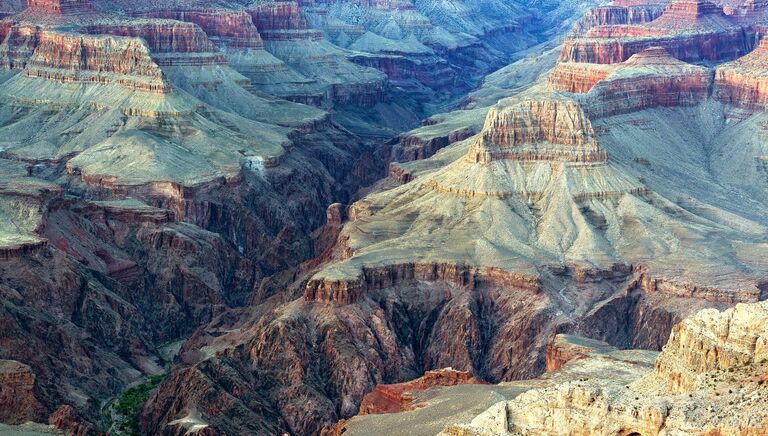
Source: Peter Cheung/Getty Images
These measures balance the need for public access with the imperative to preserve this unique natural and cultural heritage.
Advanced Technologies in Archeology
Modern archeological practices have been transformed by technologies such as LiDAR scanning, GPS mapping, and 3D imaging.
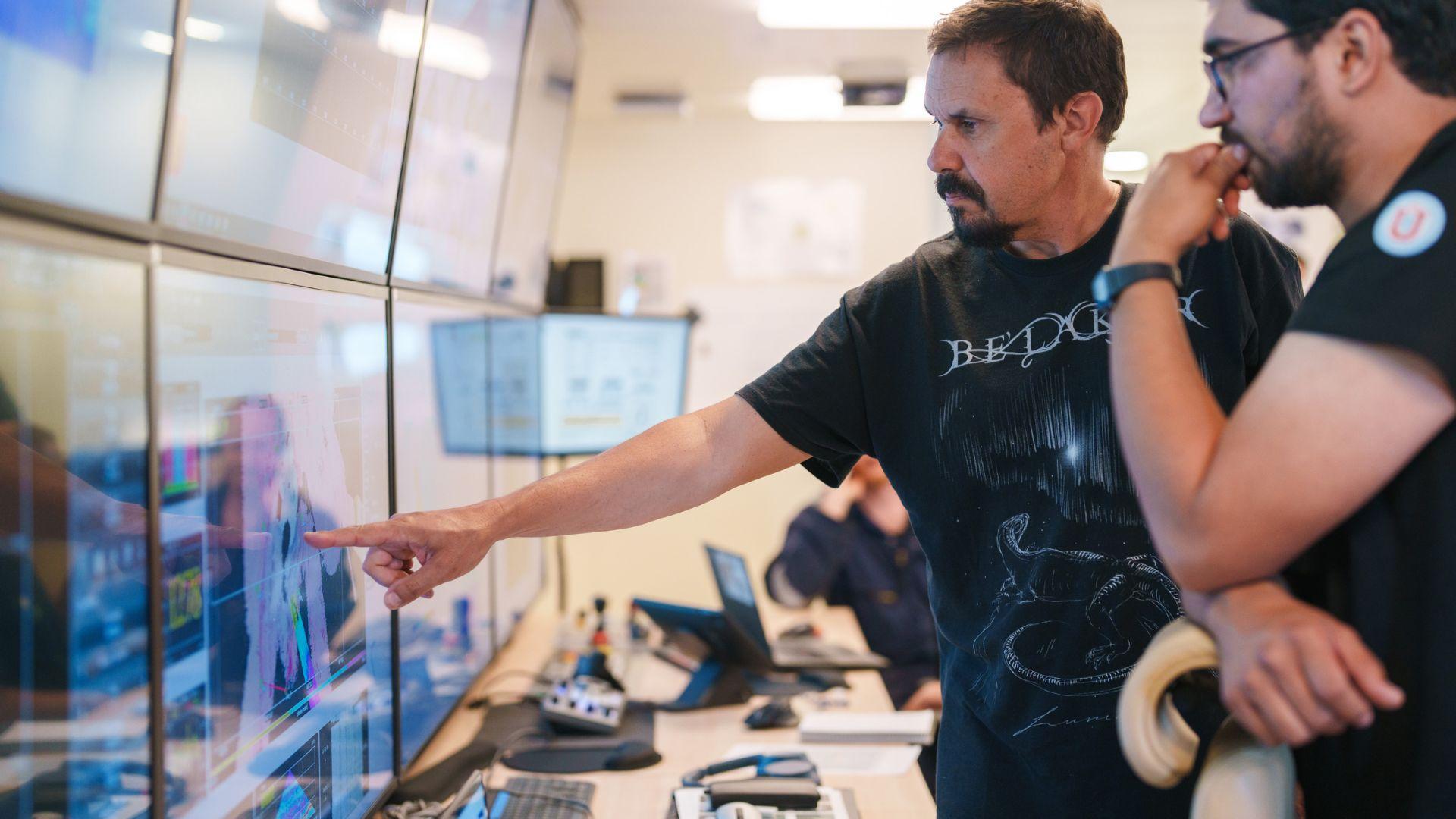
Source: Alex Ingle/Schmidt Ocean Institute
In the Grand Canyon, these tools help archeologists uncover hidden structures and artifacts without invasive digging, providing a clearer picture of the ancient cultures that once inhabited the area. This technological advancement allows for more precise and less disruptive exploration.
The Role of the Grand Canyon in Native American Mythology
For many Native American tribes, the Grand Canyon is not just a landmark but a sacred site imbued with spiritual significance. Legends and myths passed down through generations highlight the canyon’s role in tribal histories and cosmologies.
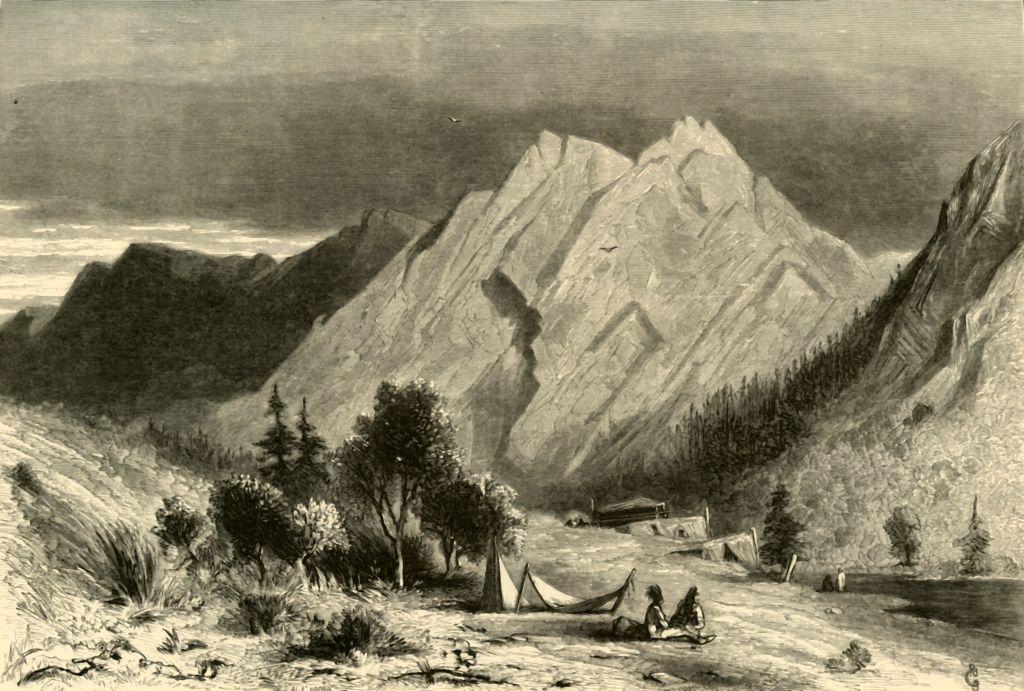
Source: The Print Collector/Heritage Images/Getty Images
Today, these stories remain integral to the cultural identity and heritage of the tribes, emphasizing the canyon’s importance beyond its physical majesty.
Impact of Climate Change on Archeological Sites
Climate change poses a significant risk to the preservation of archeological sites in the Grand Canyon. Increased rainfall and extreme weather events can lead to erosion and damage to exposed artifacts.
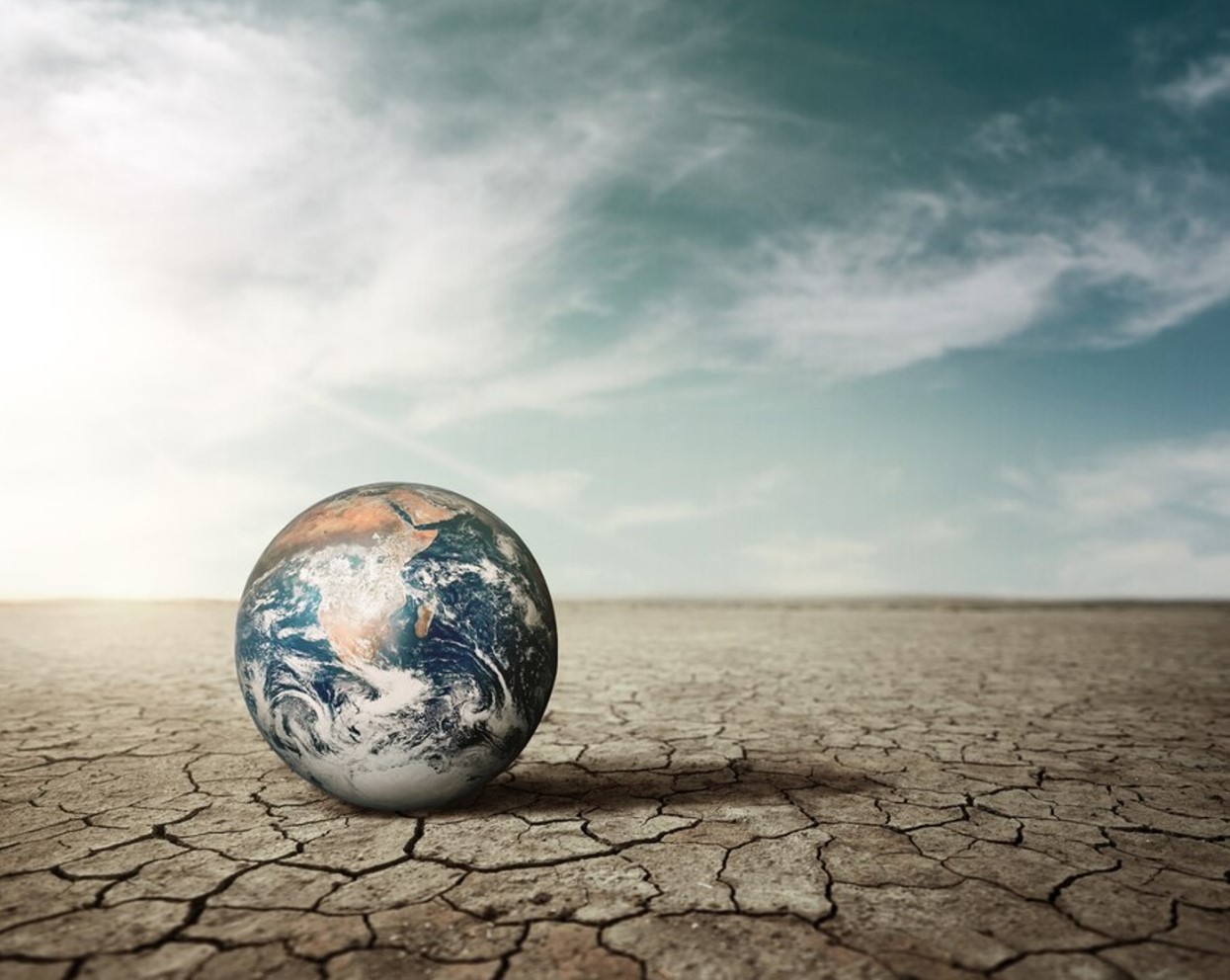
Source: Freepik
Researchers monitor these changes closely, studying how to protect these invaluable resources from the unpredictable impacts of a warming planet.
Spear Points Across North America
Spear points from the Grand Canyon, such as those from the Clovis and Folsom traditions, provide insights into the migration and trade patterns of early North American peoples.
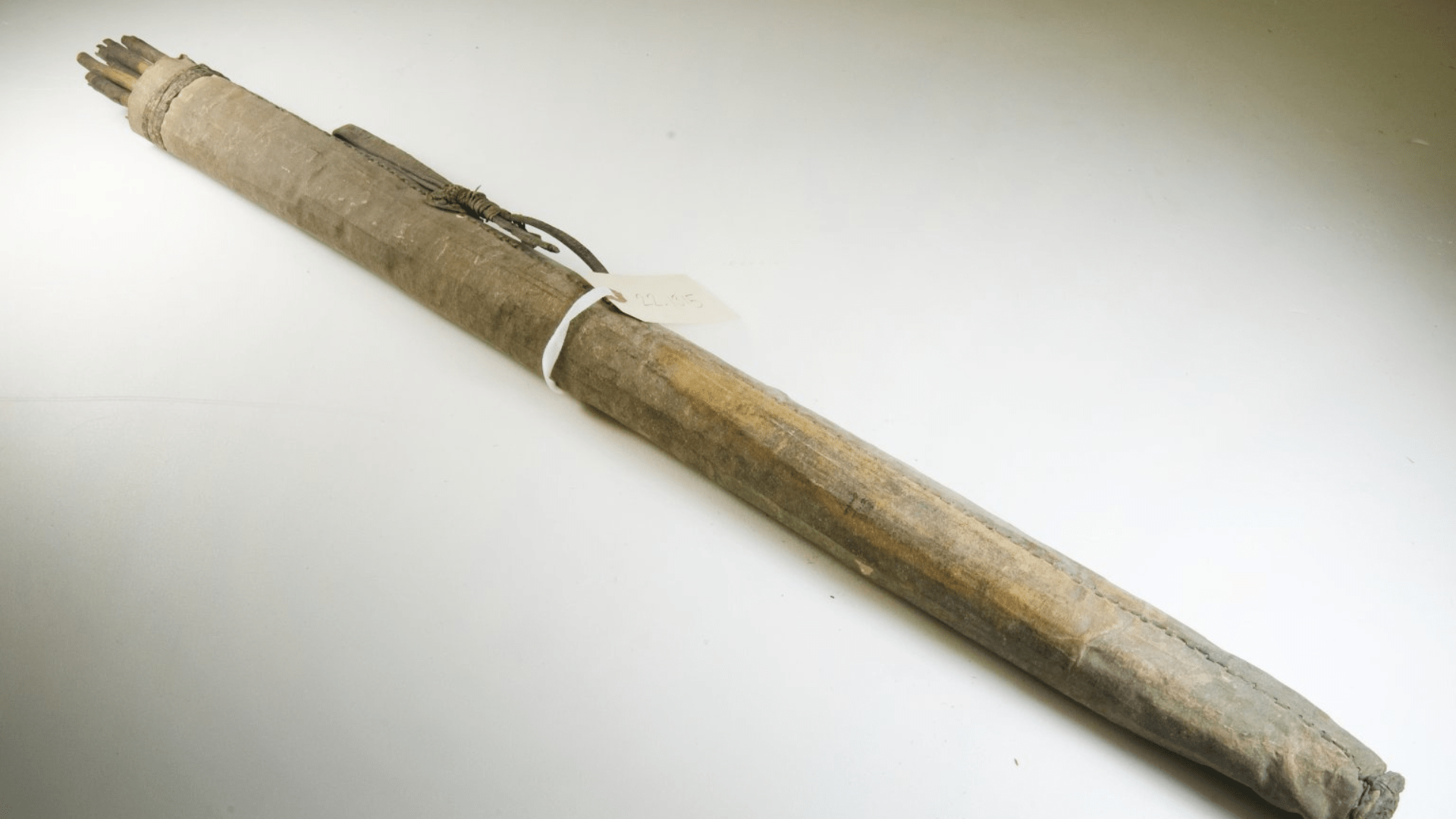
Brooklyn Museum/Wikimedia Commons
Comparing these with similar artifacts from other regions shows how technologies and materials spread across the continent, reflecting a complex network of prehistoric interaction and cultural exchange.
Educational Programs and Public Outreach
The National Park Service has developed various educational initiatives aimed at informing visitors about the canyon’s archeological significance.

Source: Taylor Flowe/Unsplash
Through workshops, guided tours, and interactive exhibits, these programs engage the public, fostering a deeper appreciation and understanding of the area’s ancient human history.
The Economics of Archeology in Tourist Sites
Archeological finds significantly enhance the tourist appeal of sites like the Grand Canyon, contributing to local economies through increased visitation.
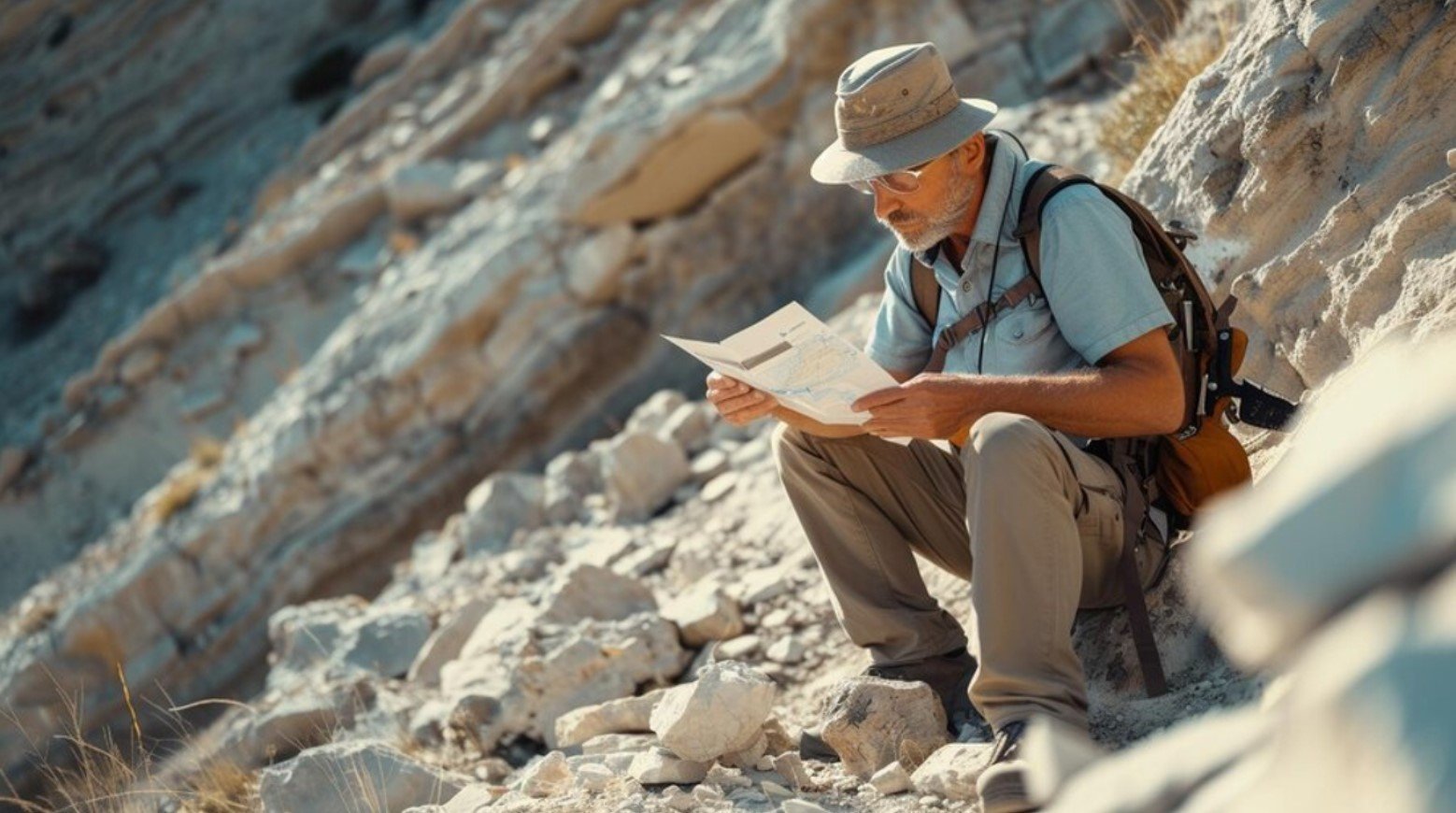
Source: Freepik
These attractions create jobs and generate revenue, providing funds that can be reinvested into further research and conservation efforts, thus sustaining the economic and cultural vitality of the region.
Archeological Ethics and the Grand Canyon
As exciting as it is, the excavation and study of archeological sites in the Grand Canyon raise important ethical considerations, especially regarding the treatment of sacred objects and human remains.
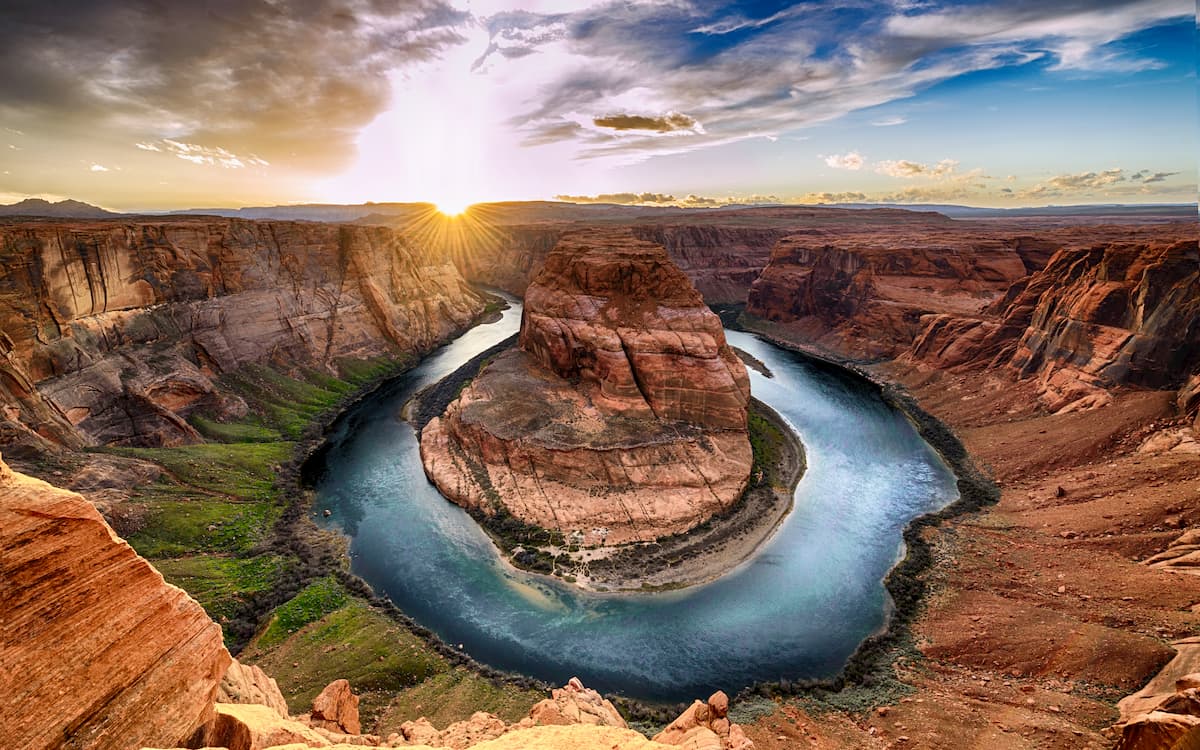
Source: Living Image
Collaboration with indigenous groups ensures that research practices respect traditional beliefs and contribute to the preservation of their heritage, maintaining a respectful and inclusive approach to archeology.
Unexplored Areas of the Grand Canyon
Despite extensive studies, large areas of the Grand Canyon remain largely unexplored archeologically. These regions, potentially subterranean, could be rich in undiscovered artifacts, and offer exciting opportunities for future research.
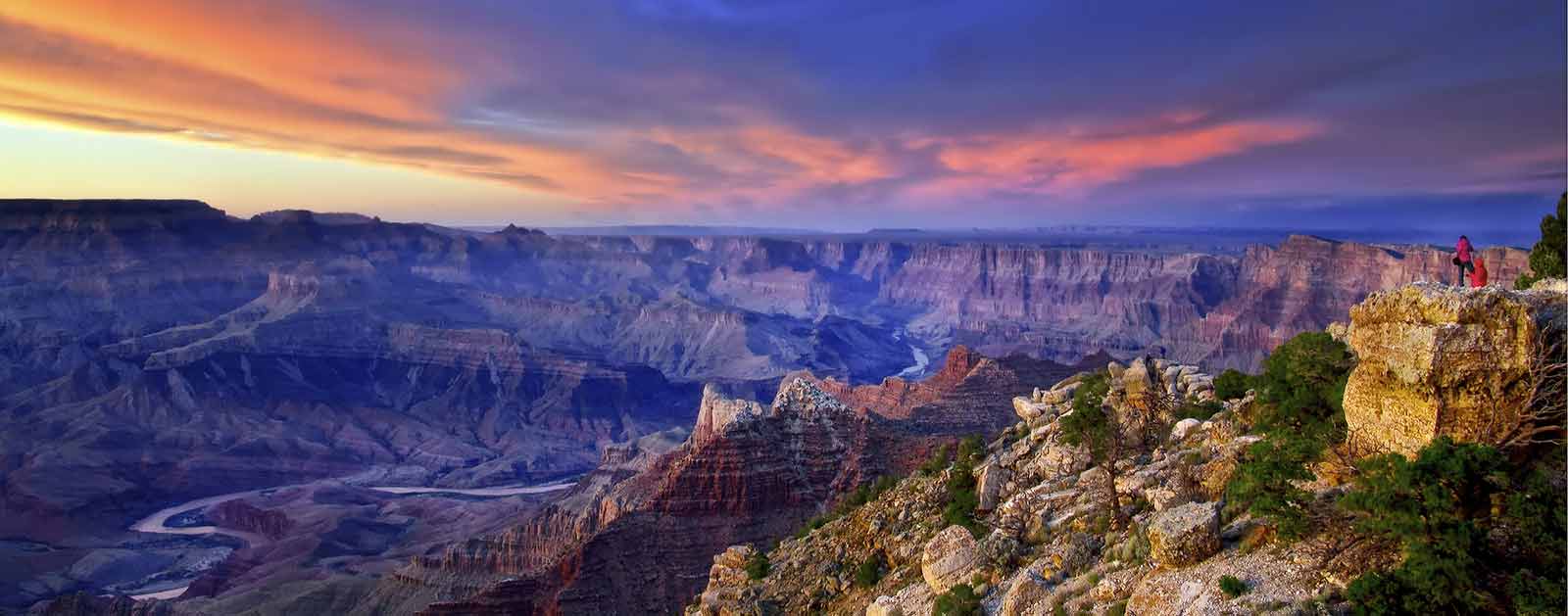
Source: American Rivers
Explorations into these areas could unveil new chapters of human history, providing further insights into the prehistoric occupation of this monumental site.
Recreating Ancient Lives Through Artifacts
Artifacts like animal figurines, baskets, and pottery found in the Grand Canyon help archeologists reconstruct the daily lives of its ancient inhabitants.
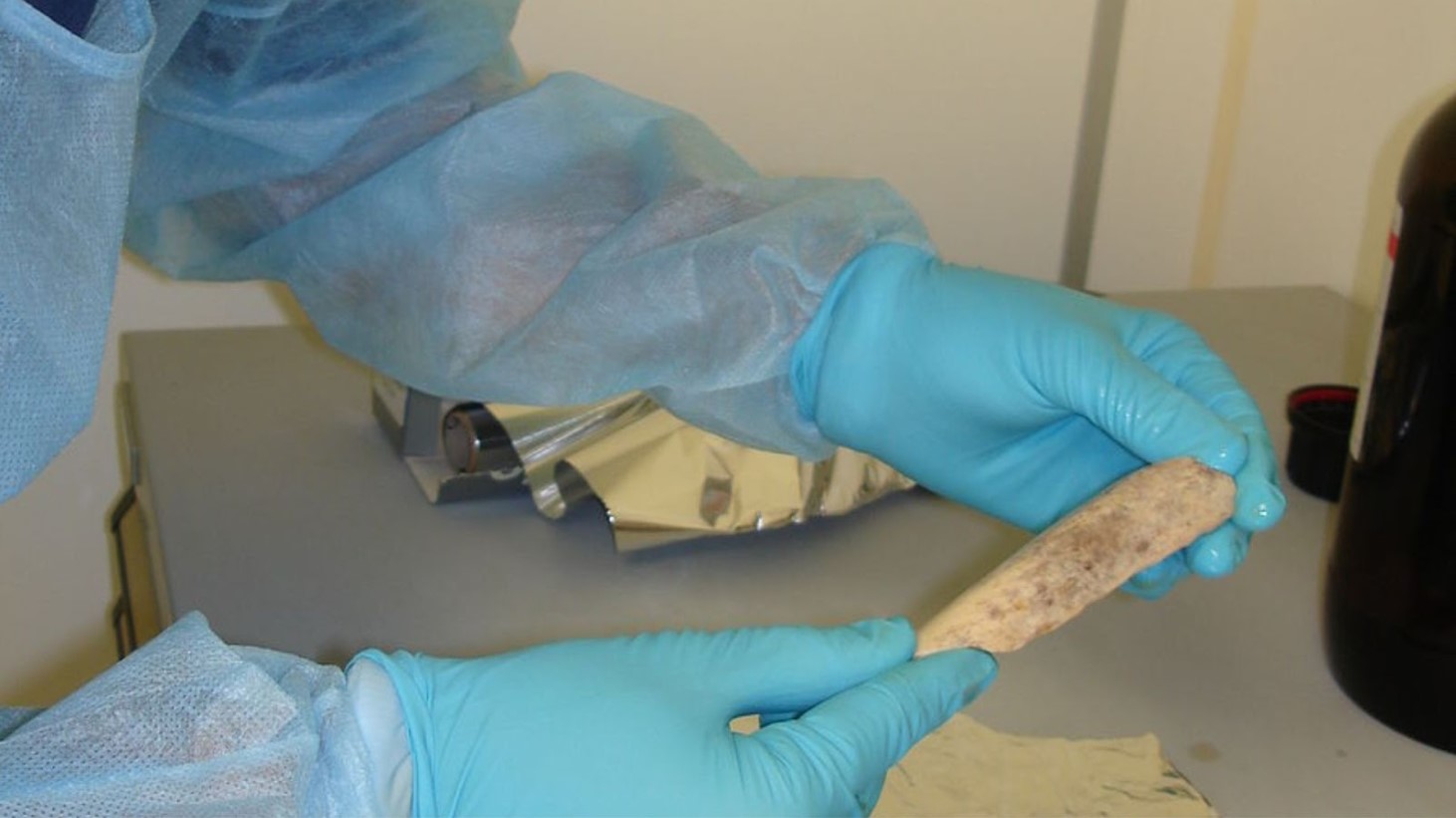
Source: Wikimedia Commons
These items offer clues about their social structures, diets, and religious practices, painting a vivid picture of how these early peoples adapted to and thrived in such a challenging environment.
The Future of Archeological Research in the Grand Canyon
Future archeological research in the Grand Canyon promises to deepen our understanding of its historical significance.

Source: Freepik
With the potential for new discoveries, researchers anticipate finding more clues about the migrations, settlements, and cultures that shaped the history of this iconic site.
Interdisciplinary Approaches to Understanding the Grand Canyon's Past
The study of the Grand Canyon’s past is a collaborative effort that integrates geology, anthropology, and climatology alongside archeology.
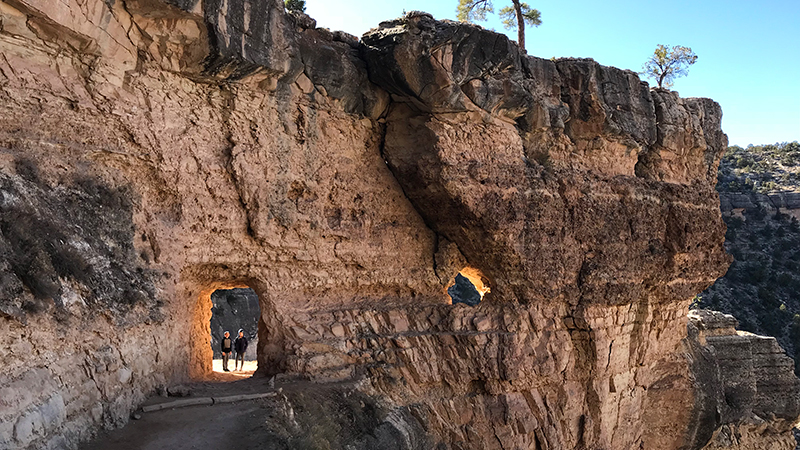
Source: Inspired Imperfection
This interdisciplinary approach enriches our understanding of the canyon’s environmental and cultural history, revealing how early peoples interacted with their landscape and adapted to their ever-changing world.
